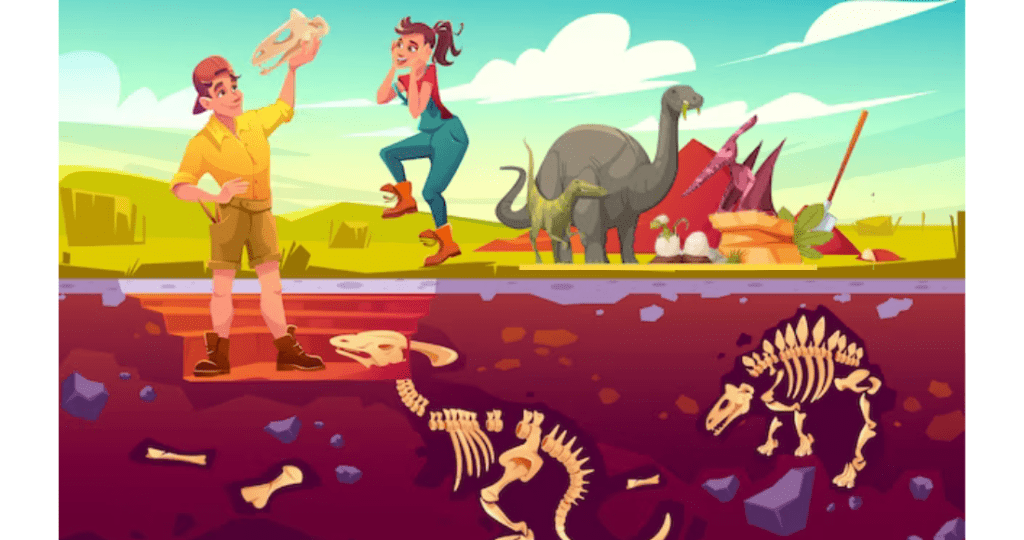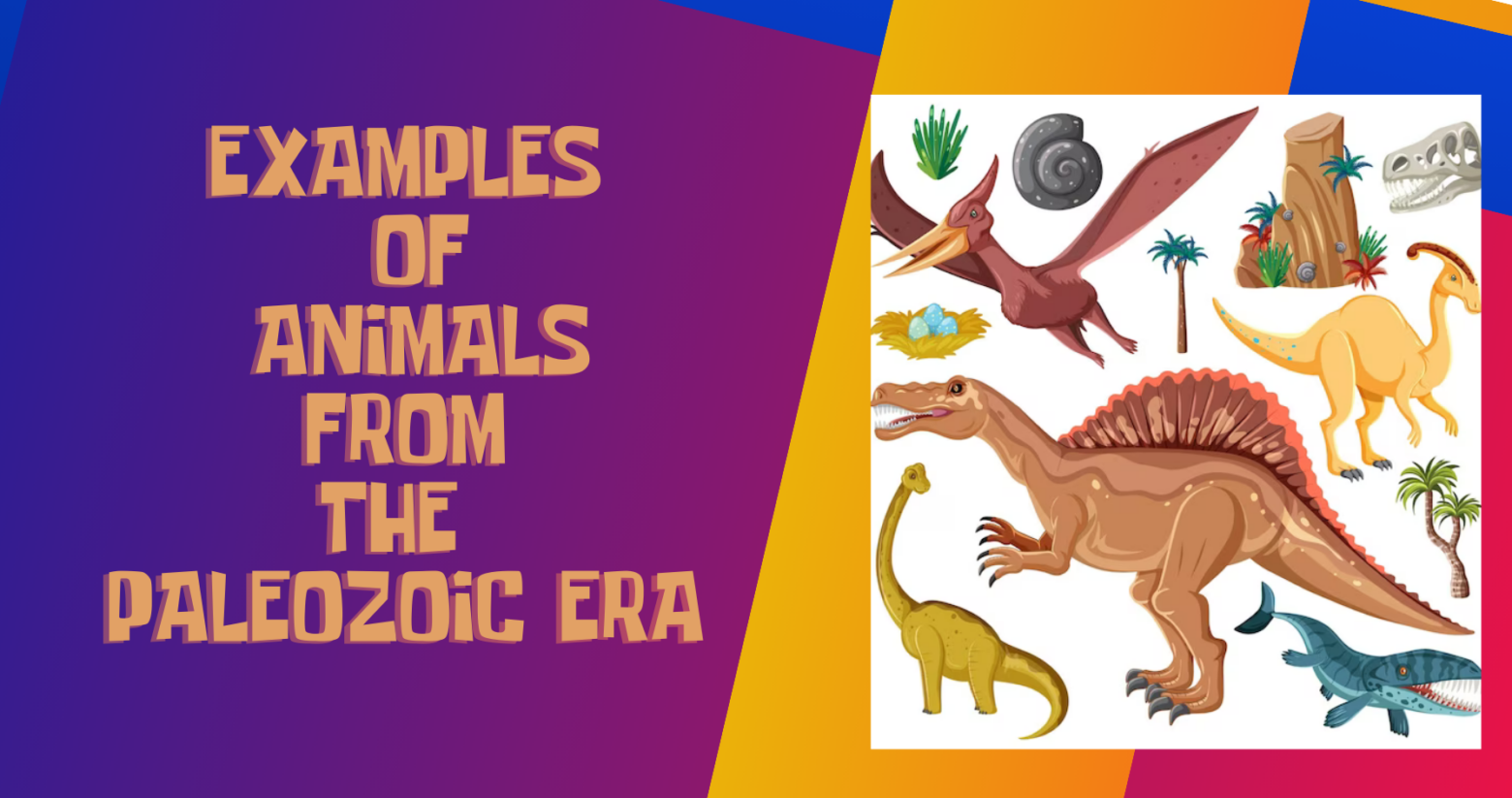The Paleozoic Era, often referred to as the “Age of Ancient Life,” spans an astonishing 541 million years of Earth’s history. It’s a time so ancient that it seems almost otherworldly. During this era, the Earth was a vastly different place, and it was populated by some of the most intriguing and bizarre creatures ever to exist. In this article, we’ll delve into the fascinating world of animals from the Paleozoic Era, shedding light on their incredible diversity and the mysteries they hold.
9 Examples of animals from the Paleozoic era
- Trilobites: These prehistoric arthropods are some of the most iconic creatures from the Paleozoic Era. With their distinctive segmented bodies and hard exoskeletons, trilobites roamed the ancient seas for over 270 million years. They come in various sizes and shapes, reflecting their incredible adaptability.
- Eurypterids (Sea Scorpions): Despite their name, these creatures weren’t true scorpions. They were marine arthropods that ruled the Paleozoic oceans. Some eurypterids grew to enormous sizes, with the largest known species reaching lengths of over 8 feet.
- Ammonites: While ammonites are often associated with the Mesozoic Era, some of their ancestors thrived during the Paleozoic Era. These cephalopods sported coiled shells and were skilled swimmers. Their fossils provide valuable insights into ancient marine ecosystems.
- Anomalocaris: Imagine a creature with large, spiny appendages and a circular mouth full of sharp teeth. Anomalocaris was one of the apex predators of its time, terrorizing the seas of the Early Cambrian period.
- Giant Orthocones: Orthocones were long, straight-shelled cephalopods. Some, like Cameroceras, grew to astonishing lengths of up to 30 feet. These creatures were expert swimmers, using jet propulsion to navigate the ancient oceans.
- Dimetrodon: Moving from the seas to the land, Dimetrodon was a fearsome predator of the late Paleozoic. Its sail-like dorsal fin and sharp teeth made it a dominant figure in terrestrial ecosystems.
- Meganeura: Picture dragonfly-like insects with wingspans of up to 2.5 feet! Meganeura were massive insects that thrived during the Carboniferous period. Their size was made possible by the high oxygen levels in the atmosphere at that time.
- Tiktaalik: Often referred to as the “fishapod,” Tiktaalik represents a crucial link in the evolution of vertebrates from water to land. This fish-like creature had both fish-like and amphibian-like characteristics, providing insights into the transition from sea to land.
- Archaeopteryx: Sometimes called the “first bird,” Archaeopteryx lived during the late Jurassic period, which is towards the end of the Paleozoic Era. This small, feathered dinosaur had wings and is considered a transitional fossil between reptiles and birds.
History of animals from the Paleozoic Era:
Studying animals from the Paleozoic Era is like peering into a time machine. These creatures, with their peculiar forms and behaviors, challenge our understanding of evolution and adaptation. Their fossils offer glimpses into ancient ecosystems, climate changes, and the rise and fall of species.

But beyond the science, there’s an undeniable sense of wonder that comes from contemplating these ancient beings. They survived and thrived in a world we can hardly imagine, and their stories remind us of the enduring power of life on Earth.
In conclusion, the Paleozoic Era gifted us with a rich tapestry of life forms, each more astonishing than the last. These creatures have left an indelible mark on our planet’s history, from the ocean-dwelling trilobites to the land-roaming Dimetrodon. They are not just animals from the Paleozoic Era; they are ambassadors from a distant past, beckoning us to explore the wonders of our planet’s ancient history.

